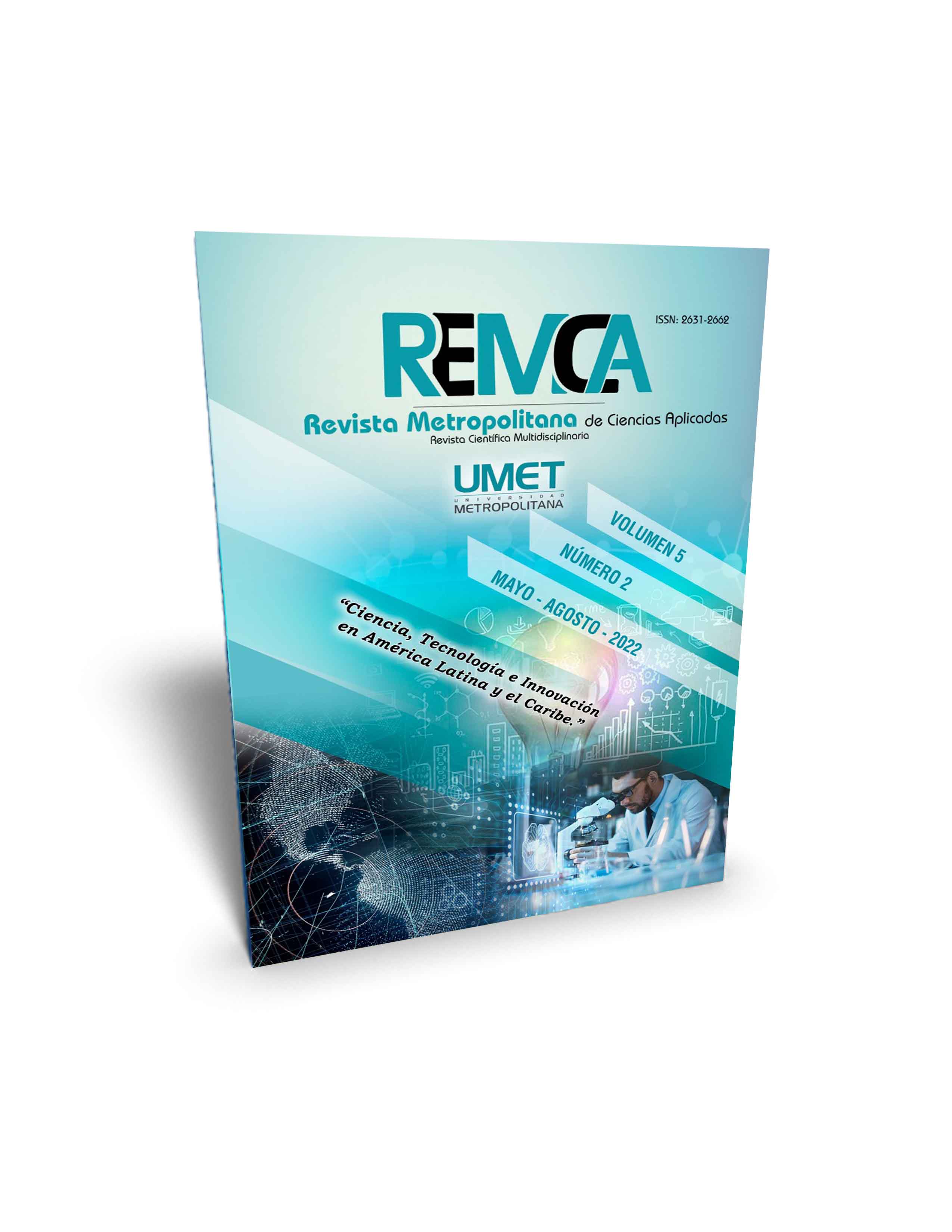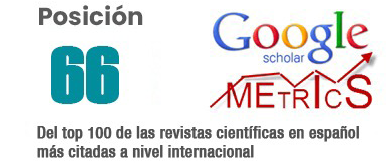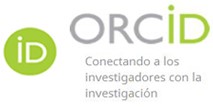ICT and the teaching-learning of Geography
DOI:
https://doi.org/10.62452/0q7srm50Keywords:
Geography, Information and Communication Technologies, teaching-learning processAbstract
This essay is part of the results of a descriptive research aimed at investigating the role of ICT in the teaching-learning process of Geography, it responds to a bibliographic review study based on the documentary review, analytical-synthetic and analysis methods of content. Among the main findings is the knowledge of the advantages and risks of the implementation of ICT in the educational field. Digital teaching aids in Geography classes allow students to approach the surrounding reality, analyze spatial dynamics, facilitate free access to various sources of updated scientific information, obtain geographic data, observe satellite images in real time, consult digital cartographies, etc. and develop metacognitive skills. Teachers must be trained on technological advances and their application in the treatment of geographic content; to do this, they must direct their improvement towards basic skills: learn new technologies, provide personalized instructions, globalize the classroom, encourage students to produce content and digitize the classroom.
Downloads
References
Álvarez Ramos, E. (2017). Las TAC al servicio de la formación inicial de maestros en el área de Didáctica de la Lengua y la Literatura: herramientas, usos y problemática. Revista de estudios socioeducativos. RESED, (5), 35-48.
Arias, M. (2016). ¿Cuáles son las características de los profesores del siglo XXI? ¡Conócelas aquí! Blog. Elige Educar. https://eligeeducar.cl/cuales-son-las-caracteristicas-de-los-profesores-del-siglo-xxi-conocelas-aqui
Batista, Y., Pardo, O., Fernández, N., Valenciano, E., & Miranda, M. (2019). Didáctica de la Geografía para escuelas pedagógicas. Editorial Pueblo y Educación.
Buzai, G. (2020). Geografía y Sistemas de información geográfica en contexto del Covid-19. Revista digital del Programa de Docencia e Investigación en Sistemas de Información Geográfica. PRODISIG (16), 1-4.
Cabero, J. (1993). Investigaciones sobre la informática en el centro. PPU.
Cobo Romaní, C. (2017). Triangulación entre contenido, contenedor y contexto. Reflexiones sobre la inserción de las tecnologías digitales en contextos educativos. En, P. Rivera-Vargas, E. Sánchez-Sánchez, R. Morales-Olivares, I. Sáez-Rosenkranz, J. Ramírez, & I. Riffo (Eds.), Conocimiento para la equidad social: pensando Chile globalmente (pp. 81–87). Colección Políticas Públicas – USACH.
Calva Nagua, D. X., Granda Ayabaca, A. N., & Daquilema Cuásquer, B. A. (2018). La ciencia como medio para alcanzar el conocimiento científico. Sociedad & Tecnología, 1(1), 38–48.
Contreras Espinoza, R. (2016). Juegos Digitales y Gamificación aplicados en el ámbito de la educación. Ried. Revista Iberoamericana de Educación a Distancia, 19(2), 27-33.
Dáher Nader, J. E., Panunzio, A. P., & Hernández Navarro, M. I. (2018). La investigación científica: una función universitaria a considerar en el contexto ecuatoriano. Edumecentro, 10(4), 166-179.
De Pablos, J., Colás Bravo, M., López Gracia, A., & García Lázaro, I. (2019). Los usos de las plataformas digitales en la enseñanza universitaria. Perspectivas desde la investigación educativa. REDU. Revista de Docencia Universitaria, 17(1), 59–72.
Díaz Vidal, J. (2013). La evaluación del aprendizaje y las TIC. Universidad de Ciencias Médica de Granma.
Díaz Vidal, J. (2015). El trabajo político ideológico y la formación de valores humanos en las clases de la asignatura taller de computación. Biblioteca Fundación Universitaria Cafam.
Espinoza Freire, E. E. (2020). Influencia de las didácticas tecnológicas como medios en la educación. Revista Científica Cultura, Comunicación y Desarrollo, 5(1), 33-36.
Espinoza Freire, E. E. (2022). Construcción del pensamiento geográfico en los niños. Sociedad & Tecnología, 5(2), 394–405. https://doi.org/10.51247/st.v5i2.222
Faúndez, C., Bravo, A., Ramírez, G., & Astudillo, H. (2017). Tecnologías de la Información y la Comunicación (TIC) en el Proceso de Enseñanza-Aprendizaje de Conceptos de Termodinámica como Herramienta para Futuros Docentes. Formacion Universitaria, 10 (4), 43–54.
Granda Ayabaca, D. M., Jaramillo Alba, J. A., & Espinoza Guamán, E. E. (2019). Implementación de las TIC en el ámbito educativo ecuatoriano. Sociedad & Tecnología, 2(2), 45–53.
Pacheco García, C., Pereira Caetano, M. & Teixeira, P. (2018). Estrategias de enseñanza y aprendizaje geografía: El sitio web de pixtón como recurso didáctico en educación básica. Anais do V Seminário de Pós-Graduação.
García-Huidobro, J. (2009). Una nueva meta para la educación latinoamericana en el Bicentenario. En, A., Marchesi, J. C. Tedesco, y C. Coll, (eds.), Calidad, equidad y reformas en la enseñanza. (pp.19-34 ). OEI.
Játiva Macas, D. F., Romo Jiménez, L. E., & Espinoza Freire, E. E. (2021). La formación de profesores de educación básica. Conrado, 17(80), 194-200.
Linares Pons, N., Verdecia Martínez, E., & Álvarez Sánchez, E. (2014). Tendencias en el desarrollo de las TIC y su impacto en el campo de la enseñanza. Revista Cubana de Ciencias Informáticas, 8(1), 127–139.
Pérez, G. A., & Florido, B. R. (2003). Internet: un recurso educativo. ranada: Instituto Nacional de Ciencias Agrícolas. Revista electrónica Etic@net, (31),1-12.
Sancho Gil, J. (2010). Las tecnologías de la información y la comunicación en la enseñanza superior: una aproximación compleja. Revista Educación Y Pedagogía, 14 (33), 29–48.
Downloads
Published
Issue
Section
License
Copyright (c) 2022 Eudaldo Enrique Espinoza Freire, Daniel Xavier Calva Nagua (Autor/a)

This work is licensed under a Creative Commons Attribution-NonCommercial-ShareAlike 4.0 International License.
Authors who publish in Revista Metropolitana de Ciencias Aplicadas (REMCA), agree to the following terms:
1. Copyright
Authors retain unrestricted copyright to their work. Authors grant the journal the right of first publication. To this end, they assign the journal non-exclusive exploitation rights (reproduction, distribution, public communication, and transformation). Authors may enter into additional agreements for the non-exclusive distribution of the version of the work published in the journal, provided that acknowledgment of its initial publication in this journal is given.
© The authors.
2. License
The articles are published in the journal under the Creative Commons Attribution-NonCommercial-ShareAlike 4.0 International License (CC BY-NC-SA 4.0). The terms can be found at: https://creativecommons.org/licenses/by-nc-sa/4.0/deed.en
This license allows:
- Sharing: Copying and redistributing the material in any medium or format.
- Adapting: Remixing, transforming, and building upon the material.
Under the following terms:
- Attribution: You must give appropriate credit, provide a link to the license, and indicate if any changes were made. You may do this in any reasonable manner, but not in any way that suggests the licensor endorses or sponsors your use.
- NonCommercial: You may not use the material for commercial purposes.
- ShareAlike: If you remix, transform, or build upon the material, you must distribute your creation under the same license as the original work.
There are no additional restrictions. You may not apply legal terms or technological measures that legally restrict others from doing anything the license permits.




